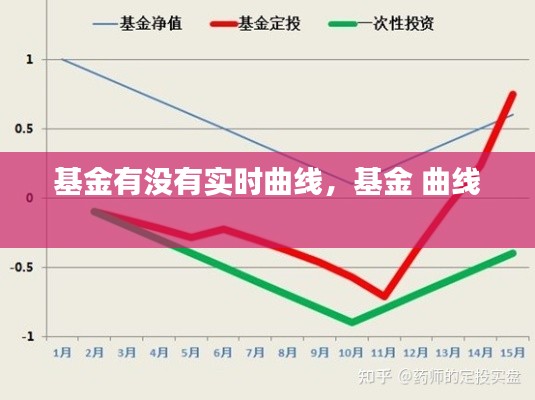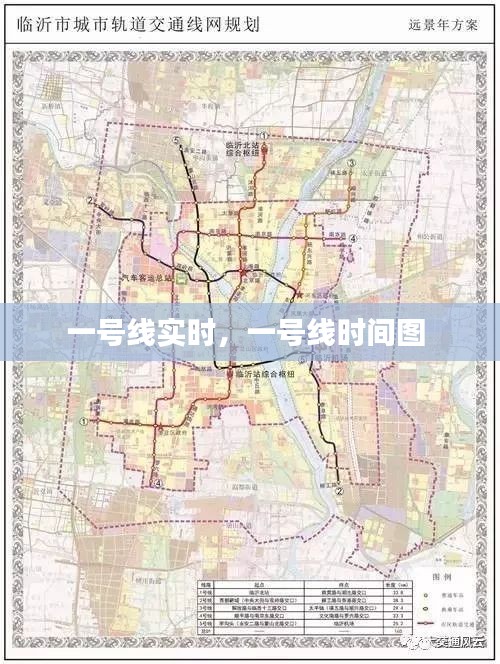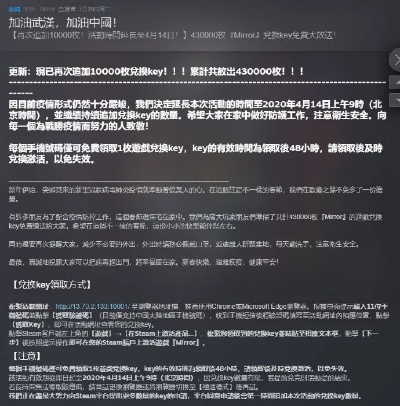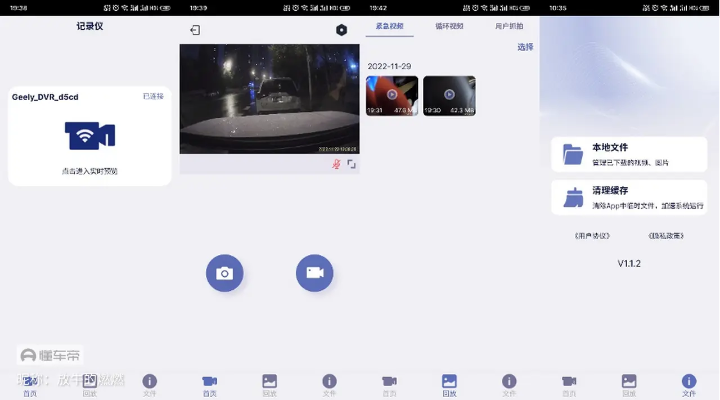<!DOCTYPE html>
<html lang="en">
<head>
<meta charset="UTF-8">
<meta name="viewport" content="width=device-width, initial-scale=1.0">
<title>Efficient and Effective Collaboration in Translation</title>
</head>
<body>
<h1>Efficient and Effective Collaboration in Translation</h1>
<h2>Understanding the Importance of Collaboration in Translation</h2>
<p>Translation is not just about converting words from one language to another; it's about conveying the intended meaning, culture, and context accurately. In the ever-evolving global landscape, effective translation services are crucial for businesses, governments, and individuals to bridge language barriers and communicate seamlessly. The role of collaboration in translation cannot be overstated, as it is the cornerstone of producing high-quality, reliable translations.</p>
<h2>The Challenges of Translation without Collaboration</h2>
<p>Without collaboration, the translation process can become fraught with challenges. Individual translators might lack the necessary background knowledge, cultural understanding, or subject matter expertise to accurately translate complex texts. This can lead to mistranslations, misunderstandings, and even legal or ethical issues. For instance, a medical document translated without the input of a medical professional could have serious consequences. Collaboration ensures that multiple perspectives are considered, reducing the risk of such errors.</p>
<h2>The Role of Technology in Facilitating Collaboration</h2>
<p>Technology has revolutionized the way translations are done, making collaboration more efficient than ever. Tools like translation memory software, glossaries, and terminology databases allow translators to work together seamlessly, even if they are geographically dispersed. These technologies not only save time but also ensure consistency in terminology and style across projects.</p>
<p>Moreover, collaborative platforms enable real-time communication, allowing translators to discuss and resolve issues as they arise. This instant feedback loop is invaluable for maintaining the quality of the translation and ensuring that it meets the client's requirements.</p>
<h2>The Benefits of Collaborative Translation</h2>
<p>Collaborative translation offers several key benefits:</p>
<ul>
<li><p><strong>Enhanced Quality:</strong> By pooling the expertise of multiple translators, the accuracy and quality of the translation are significantly improved.</p></li>
<li><p><strong>Increased Productivity:</strong> Collaborative workflows can be optimized to ensure that tasks are completed efficiently, reducing the overall time required for the translation process.</p></li>
<li><p><strong>Cost-Effectiveness:</strong> While the initial investment in technology and training may be high, the long-term cost savings from increased productivity and reduced errors can be substantial.</p></li>
<li><p><strong>Adaptability:</strong> Collaborative teams can quickly adapt to changes in project scope or requirements, ensuring that the translation remains relevant and accurate.</p></li>
</ul>
<h2>Building a Collaborative Translation Team</h2>
<p>Creating an effective collaborative translation team involves several steps:</p>
<ol>
<li><p><strong>Identify Expertise:</strong> Assemble a team with diverse language skills, cultural knowledge, and subject matter expertise.</p></li>
<li><p><strong>Use Technology Wisely:</strong> Invest in translation memory software, glossaries, and collaboration platforms to facilitate efficient teamwork.</p></li>
<li><p><strong>Establish Clear Communication Channels:</strong> Ensure that team members can communicate effectively through regular meetings, feedback sessions, and shared resources.</p></li>
<li><p><strong>Implement Quality Control Measures:</strong> Regularly review and test translations to maintain high standards.</p></li>
</ol>
<h2>Conclusion</h2>
<p>In conclusion, the translation industry has entered a new era of collaboration, driven by the need for accurate, high-quality translations in a globalized world. Efficient and effective collaboration in translation not only enhances the quality of the end product but also drives productivity, cost-effectiveness, and adaptability. By embracing collaboration and leveraging technology, translation teams can overcome the challenges of language barriers and deliver translations that truly resonate with their audiences.</p>
</body>
</html>转载请注明来自中蚨科技,本文标题:《充分高效合作翻译成英文:高效的合作方式 》
百度分享代码,如果开启HTTPS请参考李洋个人博客














 京ICP备16057535号-1
京ICP备16057535号-1
还没有评论,来说两句吧...